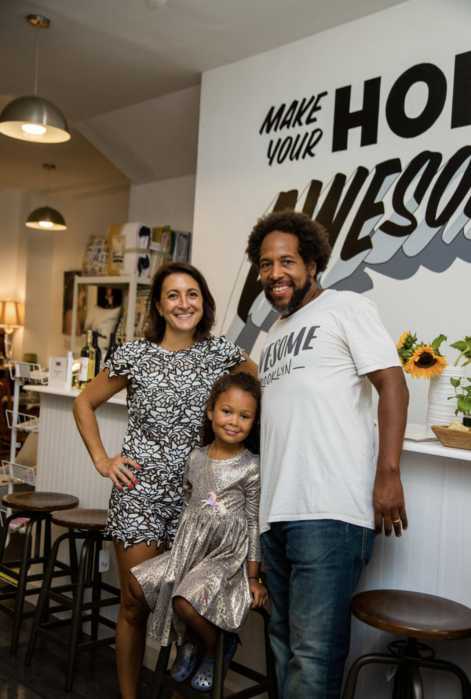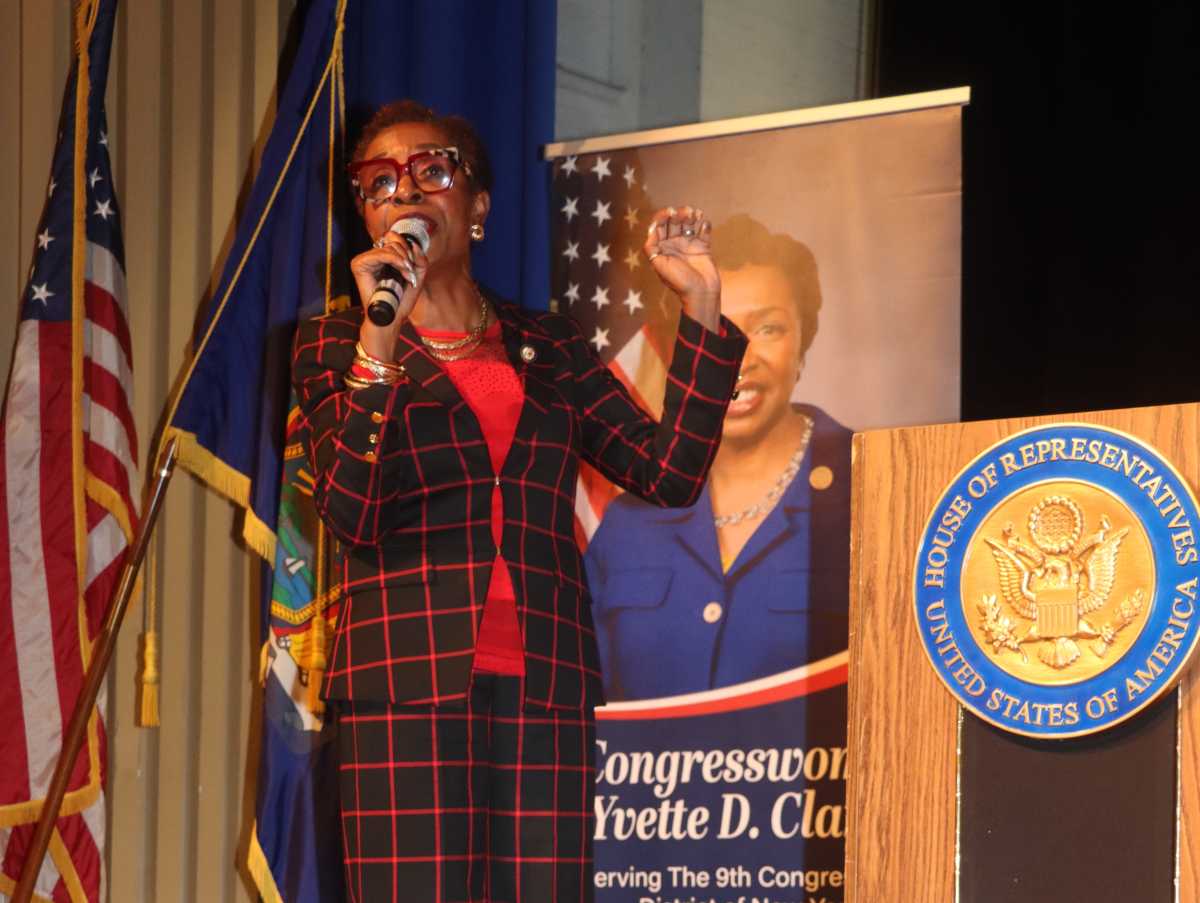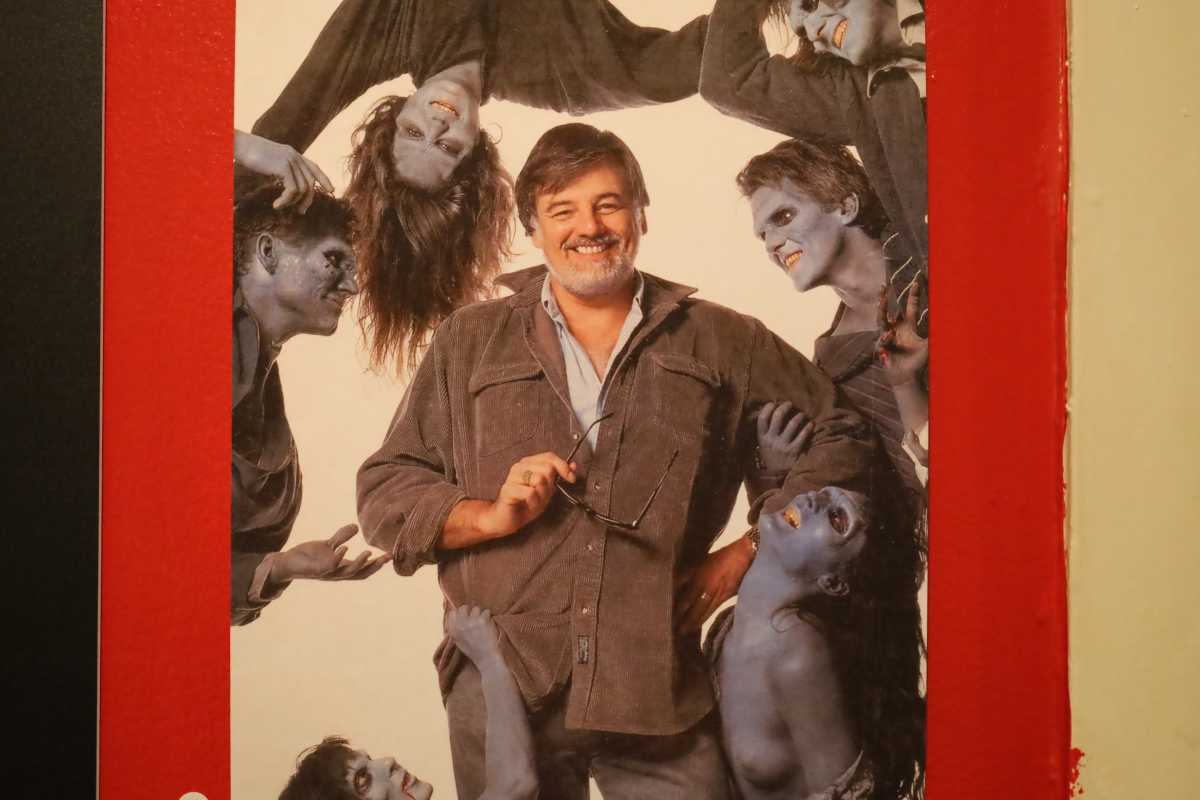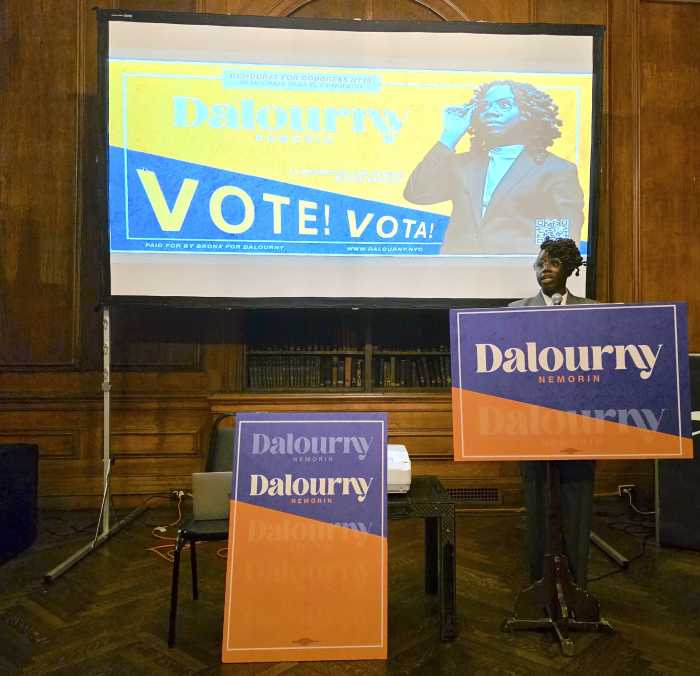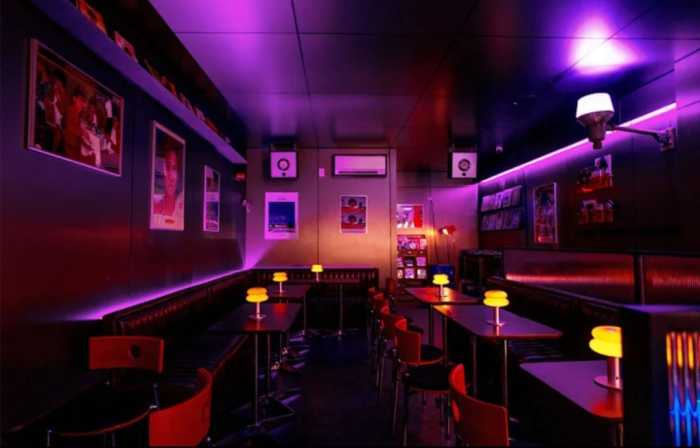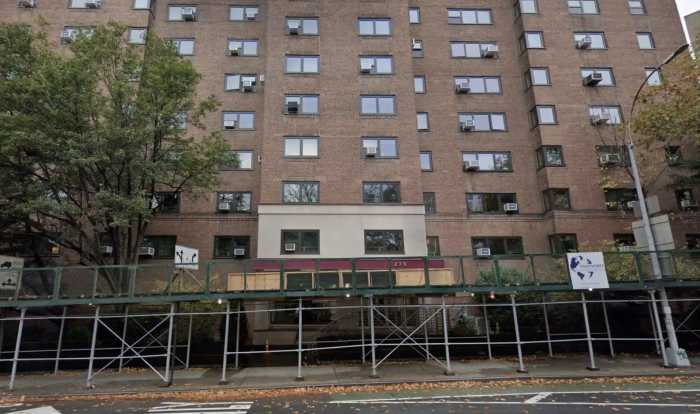By Sandra Larriva
The building at 443 Greenwich Street is a highly coveted piece of real estate, but to the artists occupying it, its value is not a monetary one.
Since 1991, the Marie Walsh Sharpe Art Foundation’s Space Program has provided accomplished visual artists rent-free studios in the building’s 7th floor for the length of one year. This September, however, luxury developers will be taking over the building, forcing the Space Program and all of the building’s occupants to relocate. While a 17,000-square-foot building in Dumbo will most likely be the program’s future location, the lease has yet to be signed.
When Dennis Elliot, the program’s on-site coordinator, first arrived in Tribeca in 1985, the neighborhood was all “butter and eggs” — produce warehouses that have been renovated into multi-million dollar lofts. “The building was empty. It’s hard to imagine that happening in Tribeca now,” says Elliot. It might be even harder to believe that a building renting for $5 a square foot 22 years ago could go on the market for $50 million last year, finally selling for $115,000,000.
But the building’s escalation in value is nothing new to its occupants. According to Elliot, the Space Program almost moved six years ago because of a rent increase, which is when Joyce Robinson, the foundation’s executive director, began raising money to save it. “This time there is no salvation,” says Elliot. Shahab Karmely, the developer who bought the 124-year-old property, plans to build 50 condominiums and a 118-room hotel in its place.
While the move is still over four months away, the building is already changing. According to Elliot, the construction of the two projected penthouses has caused major problems, including leaks from the roof. “People are moving out already,” said the Russian artist Svetlana Rabey this Saturday, the last weekend the studios were open to the public. The skylight in her studio has been covered by a blue tarp, most likely from the construction. Her hand-sewn felt pieces, once illuminated by natural light coming in through the roof, now require the aid of electricity. One of them, a white work originally modeled after the skylight above it, appears to be a light shade of blue when seen from a distance. “When you know that something is going to disappear, it feels more intense… We’re the last ones to be here,” says Rabey.
Prior to beginning the Space Program, Heeseop Yoon, a young artist from Korea, had to maintain a day job in order to afford a studio space. Today, she is able to dedicate herself fully to her art. Tomorrow, only time will tell. Yoon is hoping that she will begin another art residence when her turn at the Space Program ends. “There’s no way emerging artists can afford a studio space in Manhattan. Artists are already moving further and further,” says Yoon. While she sees the move to Dumbo positively, she is saddened by it: “In a way, this is killing culture in Manhattan, boring the city, making it less exciting.”
Colin Montgomery, a photographer from Washington D.C., saw his acceptance into the program as a great way to come back into the city. But he’s particularly happy about the chance to install a printer in his studio, where he can now do everything from shooting, editing and printing images. Montgomery claims that it is rare to find a “program that is just a place that treats you like a professional artist, not like a student.”
The Colorado Springs-based foundation is the result of benefactor Marie Walsh Sharpe’s long-held dream of assisting the very gifted in the visual arts. The Space Program was developed by the Foundation’s Artists Advisory Committee in 1991, six years after the death of Mrs. Sharpe. Since then, the program has given 235 artists free access to a private studio space and the opportunity to interact with other artists and to promote their work at a strategic location. (Last weekend’s Open Studios weekend welcomed important art world luminaries, such as Tribeca-based collectors Susan and Michael Hort).
Regardless of their next location, the program promises to re-start in September with a new set of artists. It has yet to be determined how the selection process will work — the program receives approximately 1,400 applications every year — but Elliot and Robinson are exploring different options, including choosing alternates from previous years. If they do sign a lease in Dumbo, they’ll have 3,000 more square feet than they do now, which translates into 17 or 18 rent-free studios by the water (there are just 14 in Tribeca). But the program’s future is not crystal clear. According to Dennis, “Dumbo is filled up. In approximately 10 years, we’re probably going to be looking into moving to another place.”





